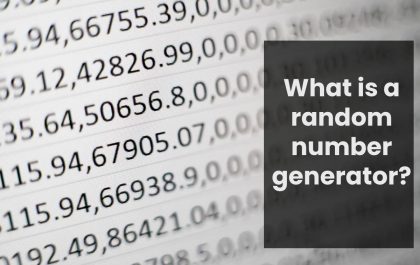Table of Contents
Introduction
The adequacy and accuracy of the data of an organization are vital irrespective of whether it happens to be financial data, sales records, sensitive customer info, or accounting. At present, business depends a lot on a flood of information that is growing constantly. However, if the information is not complete or accurate, it can affect the organization adversely which might spell disaster in the long run. You have come to the right place if you are searching for a top-notch data quality assessment service.
For this reason, being an IT professional, it is your responsibility to make sure that your business depends on the information that satisfies the premier data QA standards.
Quality measure data
By the term “data quality”, we refer to the competence of data for serving its intended objective. Therefore, measuring the data quality involves evaluating the quality of information to figure out the extent of your data supporting the company’s business requirements in the best possible way.
To perform a data quality assessment we measure the particular features of that data for verifying whether they are able to satisfy the standards set. We call these features the “dimension of data quality” which is rated as per the pertinent metrics providing an objective evaluation of quality.
Validity
We will mark data as valid in case it is able to match the regulations set for it. On most occasions, the rules consist of specifications like format (the number of digits, and so on), range (maximum and minimum values), and the type of data that is allowed (string, floating-point, integer, and so on).
Completeness
This implies whether the data set has got all the necessary information. For instance, in case the customer info in the database needs to consist of a first as well as last name, those records where the last name or the first name field is not occupied will be denoted as incomplete.
Timeliness
By timeliness, we mean whether the information is updated for the intended usage. Put simply, whether the proper information will be obtainable when required.
For instance, the entry will fail the timeliness test in case a client has informed the company regarding a change in the address, and yet the address isn’t in the database when the billing statements are being processed. The metric which is used for figuring out timeliness will be the difference in time between when one needs the data and when one gets hold of it.
Consistency
It will be possible for a data item to be consistent if every representation of the item across the data stores match.
For example, in case one enters a birth date using the US format in one system and imports it into another system where he enters the date using the European standard, the data is going to lack consistency.
Complete the picture by adding data integrity into the mix
We say that the data is lacking integrity when vital linkages happen to be missing between data elements. Here, we like to mention that the pillars of data integrity happen to be managed data QA, data integration, data enrichment, and location intelligence.
A Sales Transactions table where the customer ID will be pointing to a record within the customer table is an instance of data integrity. In case somebody deletes a customer record without updating the relevant tables, the records in the table pointing to the specific customer become orphans since there is no existence of their parent records. This is going to signify a deficiency of referential indignity. The number of orphan records within a database will be the most suitable metric for data integrity out there.
Related posts
Recent Posts
How to Install Magento on Ubuntu? – Mirasvit
If you’ve opted for Magento for your e-commerce store, consider using extensions to customize it efficiently. Check out Mirasvit, a…
What is a random number generator?
Choose a number – any number between zero and infinity. Which number did you choose? Congratulations, you are now a…

![Data Quality Assessment: Measuring your Data [2024]](https://www.computertechreviews.com/wp-content/uploads/2024/02/Unified-CoData-Quality-Assessmentmmunications-1-1200x675.webp)

